How To Level Up Your Diversity Hiring Practices
Building a diverse workforce is a priority for most businesses these days. At least, that’s what Software Advice discovered in a survey we ran this August.
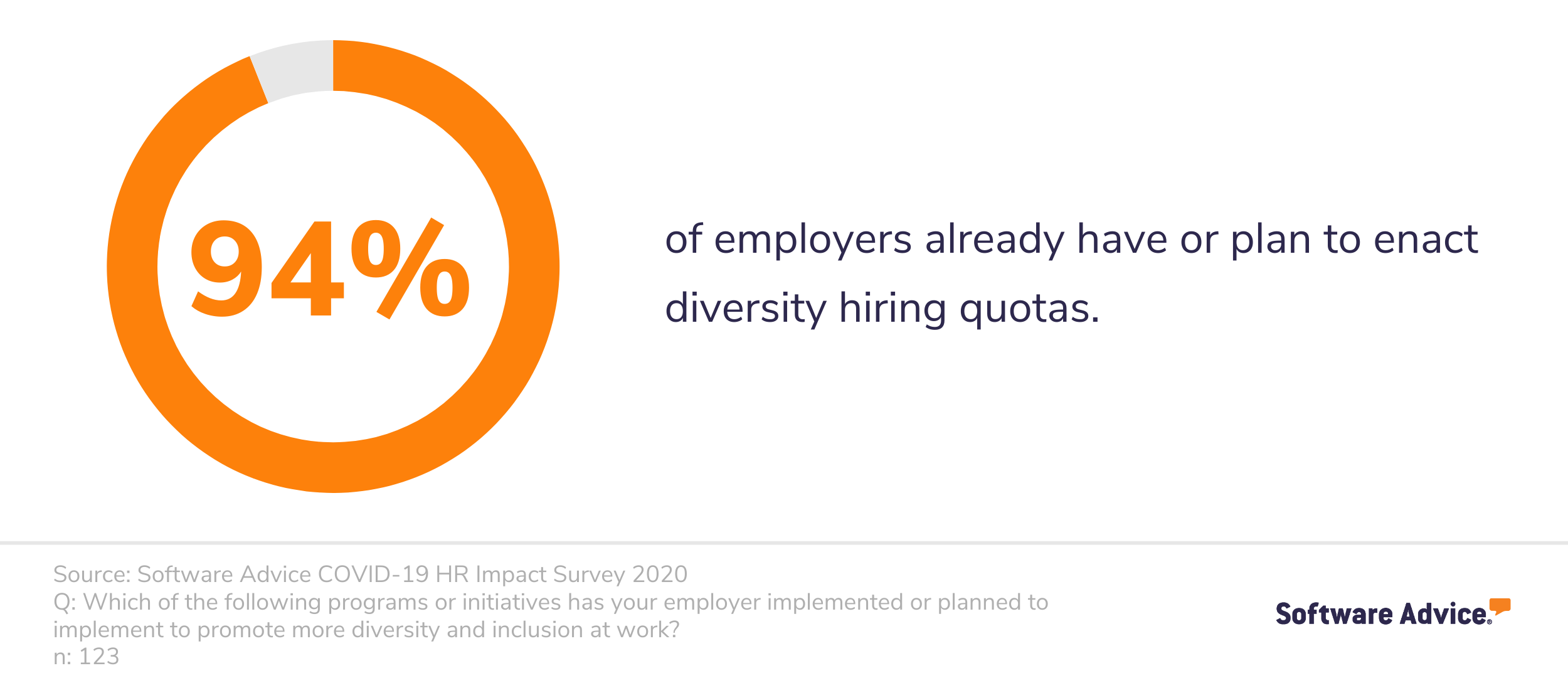
If you’re a part of the majority of business leaders that sees building a diverse workforce as a priority, keep reading, because there’s a good chance your regular old recruiting practices need a refresh.
Below, we’ll take a look at three steps in the hiring process (sourcing, interviewing, and selecting) and give you tips on how to adjust your strategy at each step in order to improve the diversity of your workforce.
Why should you prioritize diversity hiring?
We’re about to cover a handful of strategies you can use to level up your diversity hiring efforts, but why should you?
Answer: To increase innovation, employee engagement, and financial performance at your business.
For starters, companies with diverse workforces are more innovative, have more engaged employees, and have better reputations. In fact, Catalyst found that when companies establish inclusive cultures and policies, they see a 59% increase in creativity, innovation, and openness.
And that’s just the beginning of the business benefits of diversity. Diversity is also associated with improved financial performance. Forbes found that companies with diverse management teams see up to 19% higher revenue. This shows that diversity is not just a quota to meet, it is an integral part of a successful revenue generating business.
1. Sourcing: How to attract diverse candidates
You need diverse applicants to build diverse teams. Attracting diverse talent requires an effective candidate sourcing strategy, but not to worry: We’ll help you get there.
In this section, we’ll cover tools that can help you find diverse talent as well as how to write inclusive job descriptions.
Use job sites and recruiting software to find diverse talent
If you’re using the same sources for candidates time and time again, you’re going to hire the same types of people.
Expanding your search to more niche areas can ensure that more diverse talent enters your candidate pool, upping the chances that a diverse hire ultimately happens.
To do this, you can either use recruiting software with AI-sourcing functionality or post openings to job sites that cater to minority job seekers. Jopwell and PowerToFly are just two examples of websites that fall into this category.
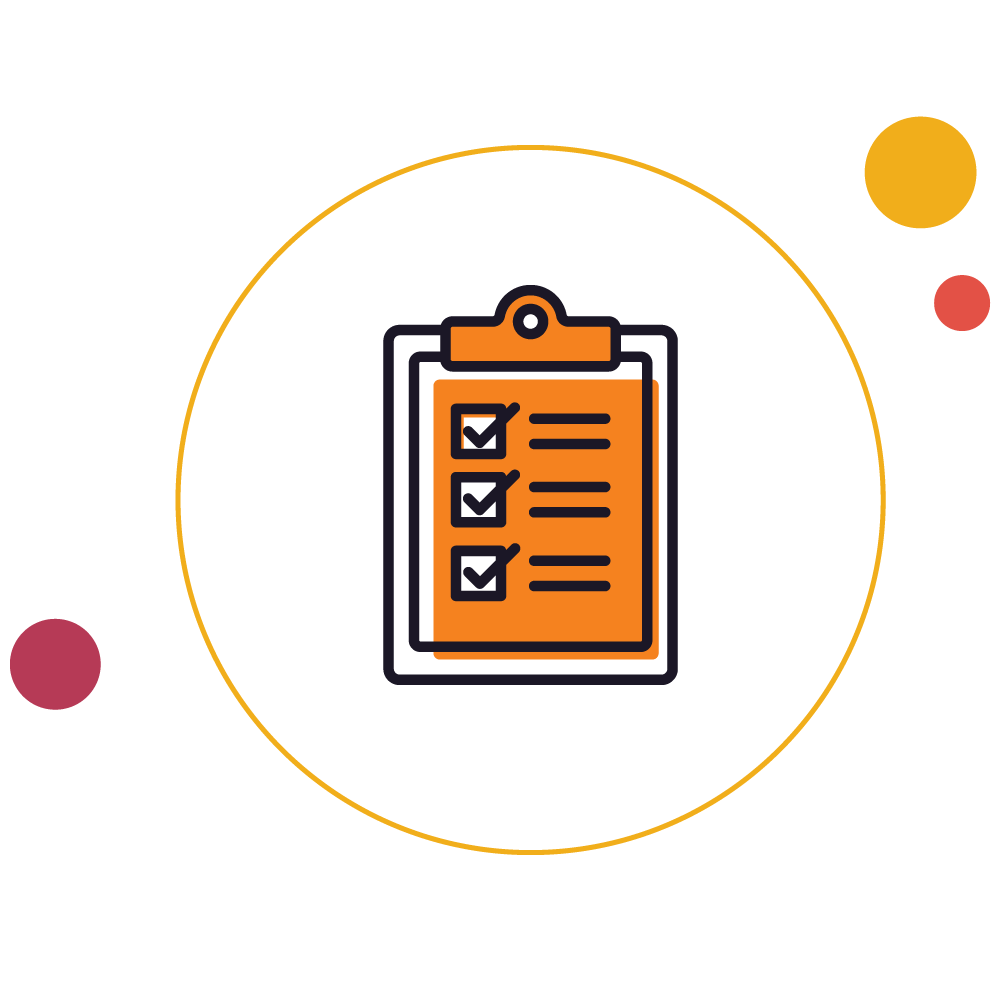
Want to learn how software can help you source more diverse candidates?
Download this guide to learn about three popular systems that will help you prioritize diversity recruiting.
Rewrite job descriptions to remove bias
Job descriptions are a hotbed for bias. The reason for this is that many descriptions include language such as gendered terms, and education or tenure requirements that can unintentionally cause candidates not to apply. Think of it this way: The words you use in a job description are often the first impression a job seeker gets of your company culture, so choose them wisely.
Luckily, it seems that most businesses are aware of this trap: 81% of HR leaders we surveyed this August state that they plan to rewrite job descriptions to remove biases.
We’ve compiled six tips for writing inclusive job descriptions in a checklist below:
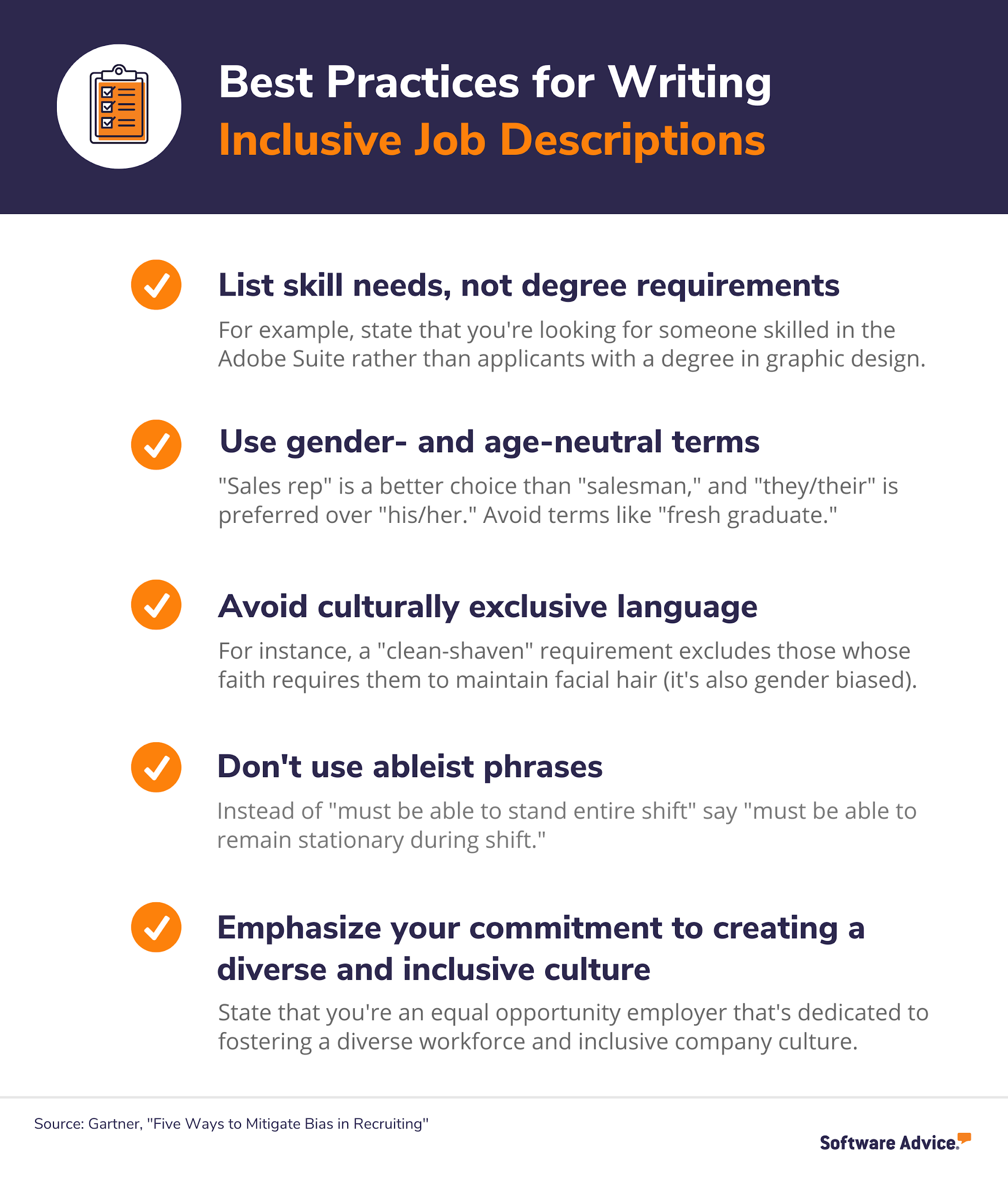
2. Screening/interviewing: How to remove unconscious bias from your evaluation process
Individual biases can creep into hiring processes when recruiters and hiring managers are left to their own devices. For example, are employees asking applicants different questions during interviews for the same role? Are they using different criteria to measure shortlisted candidates?
Removing the subjectivity in your company’s hiring process helps diverse candidates stand on equal footing with other potential hires. Keep reading to learn about three strategies your hiring team can use to remove bias from your candidate evaluation process.
Screen applicants with a skills-based test
One tool your hiring team can rely on to screen candidates and minimize bias is a skills assessment or skills test. Rather than combing through resumes to review the past experience of every candidate that applies to an open position, you can evaluate applicants right off the bat by testing their skills.
A fair share of applicant tracking systems (ATS) and recruiting tools are built with an assessment screening functionality. Assessments can be used to measure skills such as writing and programming, as well as conduct mock sales or customer service calls. Some platforms even allow you to obscure the personal and demographic information of candidates until their score is calculated, further minimizing the risk of your team making decisions based on unconscious biases.
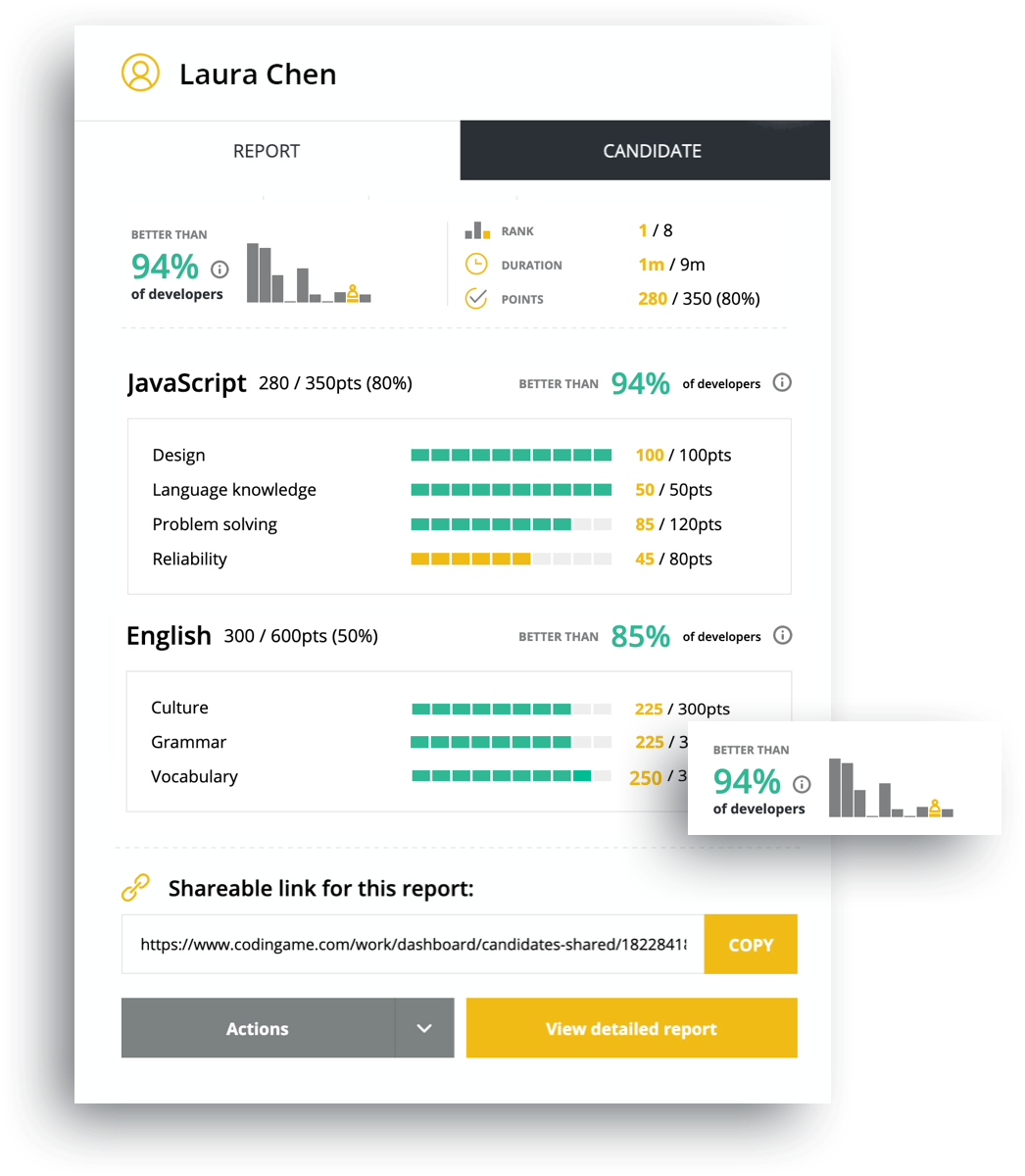
A candidate scorecard in CodinGame Assessment Software (Source)
Practice blind hiring
Blind hiring is a strategy recruiters use to minimize unconscious bias. Essentially, applicants are made anonymous by redacting all personal and demographic information from their application. This frees hiring managers from unconscious bias so that they can assess candidates on their skills and ability alone. Blind hiring mode is a feature in a handful of human resources software tools.
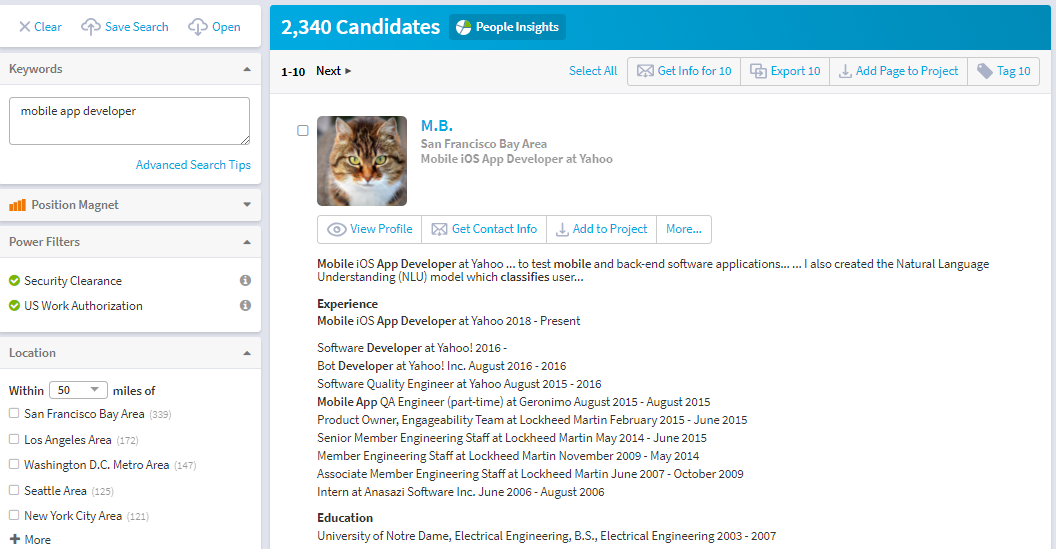
A profile with obscured personal information in SeekOut (Source)
Standardize your interview experience
Standardizing the interview experience is necessary because comparing two top-notch candidates is hard enough as is. If you ask different questions to each interviewee, it will be even more difficult (maybe impossible) to weigh their answers against one another.
Avoid this complication by:
Preparing a standard set of questions to ask each candidate
Ask the questions in the same order during each interview
Determine a scale to score applicant responses by
Systematically compare candidates’ answers for question 1, question 2, and so on
These practices help take the ambiguity out of your interview process. The hope is that your hiring team will be able to use the scores to clearly determine which candidates to move forward.
3. Selecting: How to use data and multiple viewpoints to make your final decision
So, you’ve got your shortlist of candidates… now what? Well, now you need to determine who is going to get an official offer. While this is the part of the process that will have an impact on the demographics of your workforce, it’s essential to remain as unbiased as possible.
To do that, involve multiple viewpoints in your evaluation of candidates and lean on data to determine who is the best fit. Keep scrolling for more details.
Evaluate candidates collaboratively
More collaboration in hiring decisions helps lessen the influence of any one interviewer. Every shortlisted application should be viewed by at least two people, and every candidate should be interviewed at least two times by different stakeholders.
If possible, you should aim to create an interview panel made up of a diverse group of team members in terms of age, gender, background, seniority, and position within the relevant department. A diverse interview panel is far less likely to make a decision based on bias than a single person or a team of like-minded individuals.
Gartner recommends taking it a step further by assigning each interviewer a single competency to evaluate the candidate on (full content available to clients). Whether or not you decide to use this strategy, the idea behind it is to evenly distribute influence in the final decision between interviewers.
Compare candidates to top performers using predictive analytics
If your recruiting teams are having trouble evaluating candidates purely on their fit for a position, consider adopting technology that can help them make more informed, unbiased decisions.
HR analytics software has capabilities that can help your recruiting teams make more (and better) data-driven decisions. These tools eliminate the unintentional biases of human recruiters, which can lead to more diverse hires.
These platforms work by assessing a company’s current top performers—their skills, experience, and personality—to create an ideal candidate model for different roles. Applicants are scored based on how closely they fit the model.
One caveat to this strategy is that your analytics tool shouldn’t factor protected characteristics such as gender, ethnicity, or age into its decisions. The reason for this is if your current workforce lacks diversity, your AI may conclude that your current workforce demographics are preferable and actually make the problem worse. To avoid this, make sure your analytics software is not taking the personal or demographic characteristics of your top performers into account while creating an ideal candidate model.
Ready to level up your diversity hiring practices?
Here’s a quick, 60-second recap of this article’s tips:
Your next step is to find the right tools so you can start putting some of these strategies to work. Head over to our HR software directory where you can find recruiting and analytics tools, filter systems by industry, size, and price, and read reviews from real users.
If you’re looking for a little more guidance, you can also set up an appointment to talk to one of our HR software advisors, who can offer assistance based on your specific situation.
Software Advice COVID-19 HR Impact Survey 2020 Methodology
The Software Advice COVID-19 HR Impact Survey was conducted in August 2020. We surveyed 123 HR “leaders,” defined as CHROs, HR vice presidents, HR directors, HR managers, or any other role with HR leadership responsibilities at U.S.-based businesses. We worded the questions to ensure that each respondent fully understood the meaning and the topic at hand.